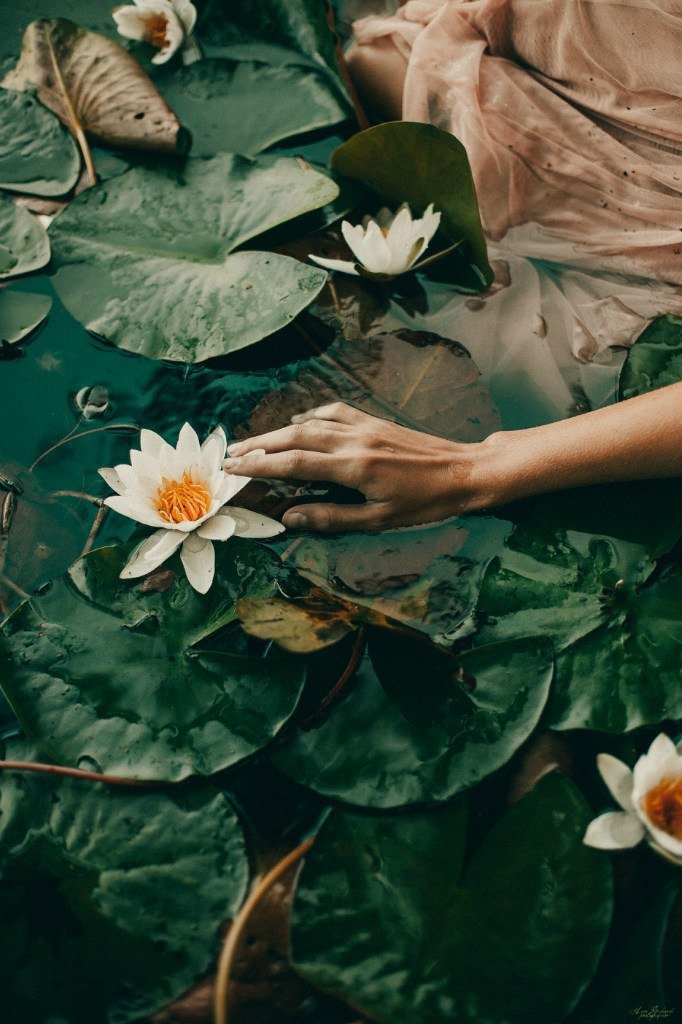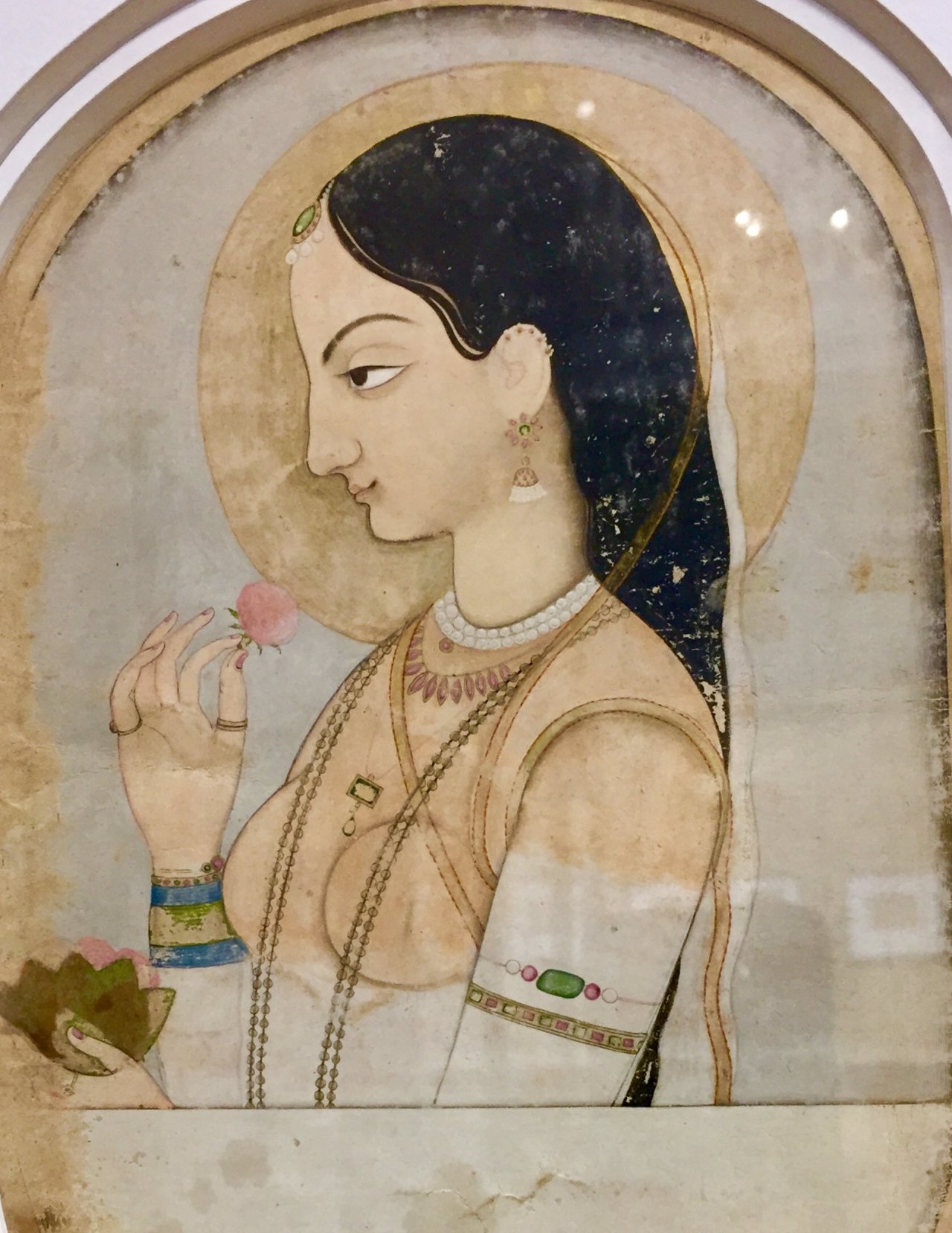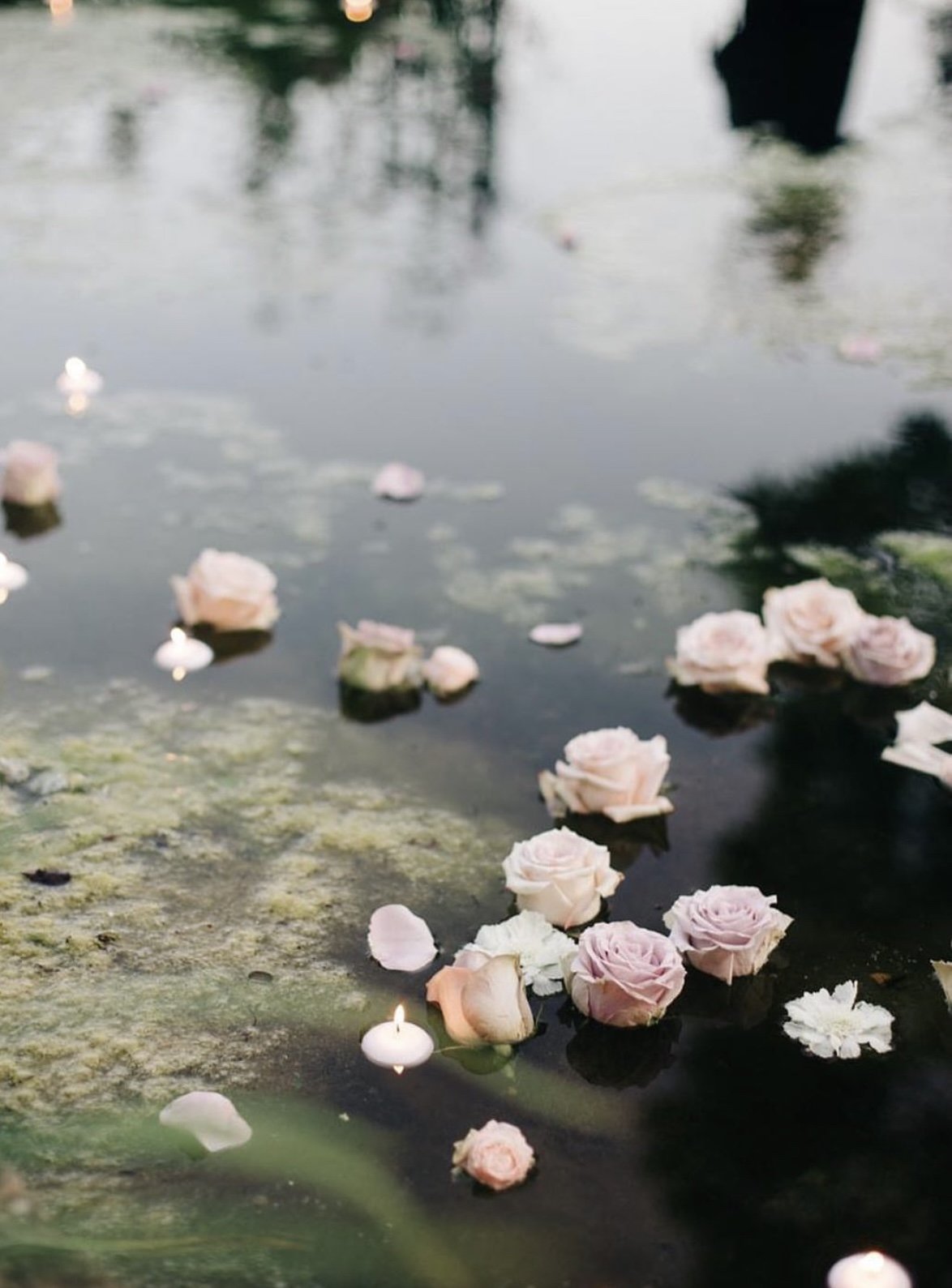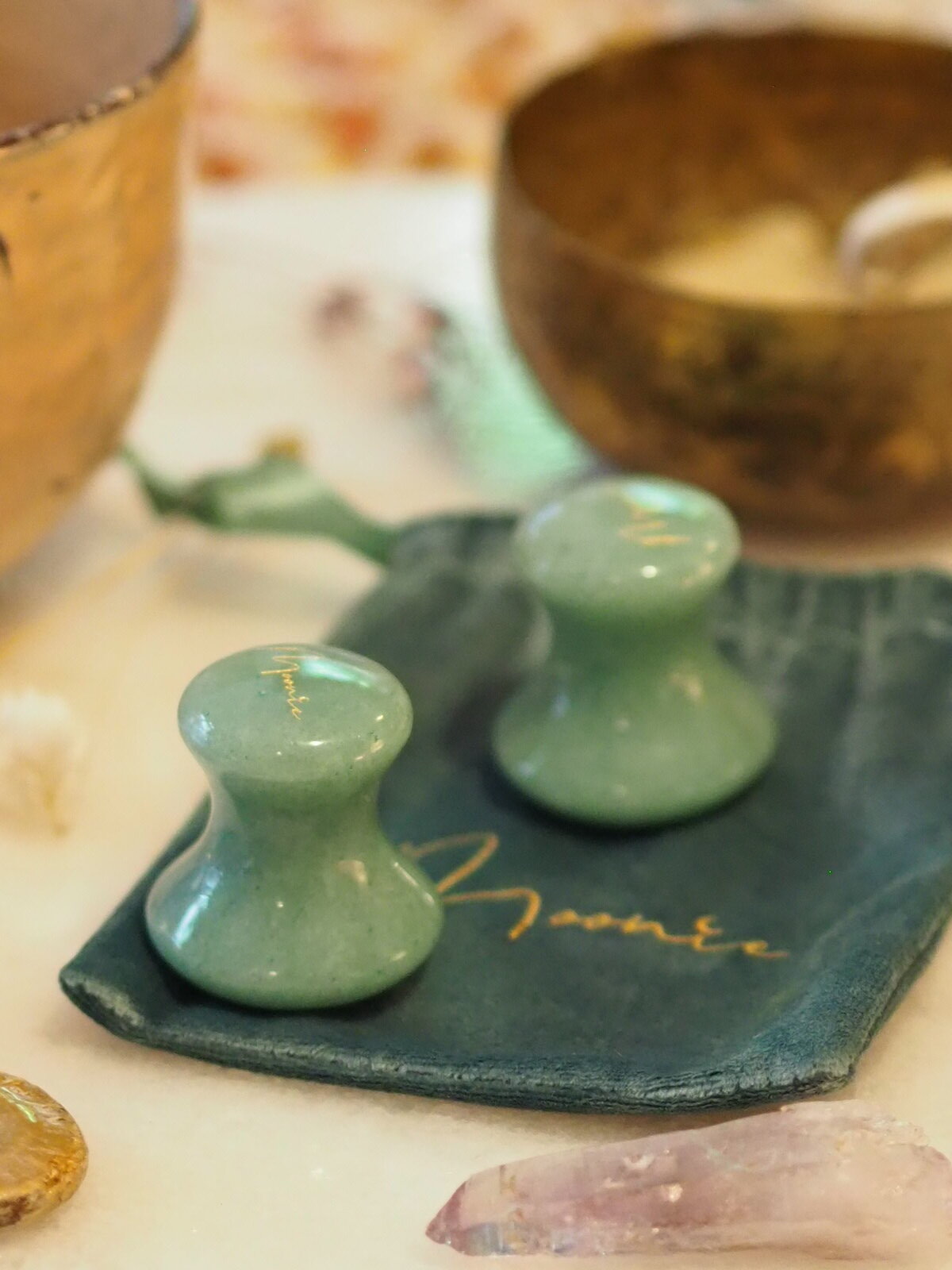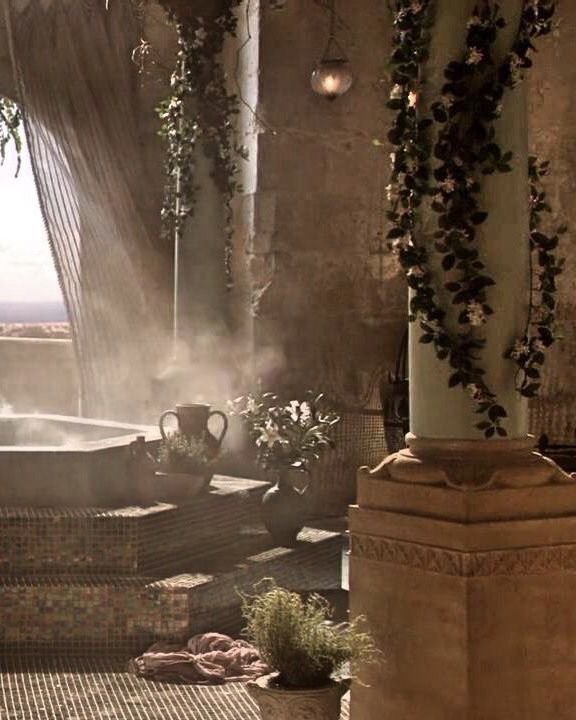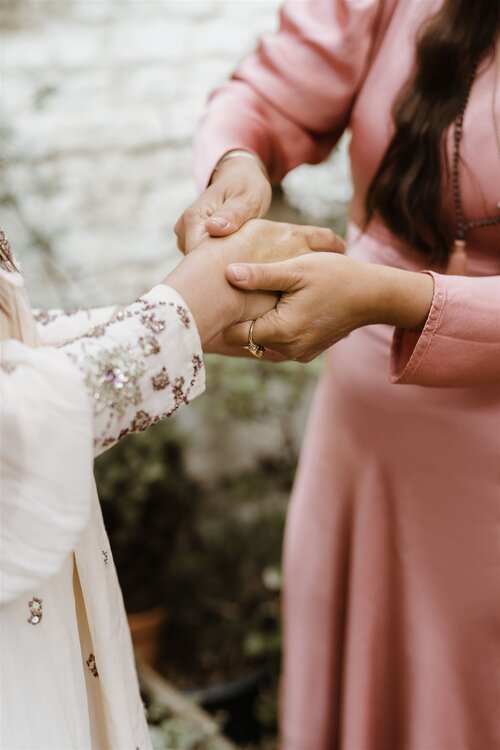The Five Elements of Ayurveda - Ether, Air, Fire, Water & Earth
The Five Elements
Aurveda's core view is the connection between the macrocosm and the microcosm, from the universal to the individual, meaning what cxists outside also exists within us. The five great elements (pancha mahabhuta) that compose the world around us also make up our inner world. These elements-space, air, fire, water, earth-form the building blocks of life and mirror the basic principles in physics of space, energy, transformation, liquid, and matter. Each element is connected to a subtle energy, a tanmatra, that is associated with our senses--sound, touch, vision, taste, and smell.
Let's explore how the elements form our physical body.
Ether/Space (Akasha)
Ether or space, akasha, is the first and subtlest of all the elements. Ether is the space in which everything exists. It is universal, nonmoving, and formless. Its qualities are clear, light, subtle, soft, and immeasurable. This clement is related to the actions of expansion and vibration. The tanmatra of space is sound (shabda), and the ear is the Sensory organ that perceives sound.
Air (Vayu)
The air element, vayu, is the energy of movement. It initiates and directs motion. Its qualities are mobile, dry, light, cold, rough, and subtle. The tanmatra of air is touch (sparsha), and the sensory organ is skin, which helps detect movement. In the body, air expresses itself in the movement of the muscles, lungs, heart, and impulses of the nervous system. Its responsible for breathing, ingestion and elimination, and the flow of thought. Prana is the basic principle of the air element, the vital life force that is primarily taken in through breath and which life cannot exist without.
Fire (Agni)
The fire element, agni, is the energy of transformation. The qualities of fire are hot, sharp, light, dry, and subtle. The tanmatra of fire is vision (rupa), and the eyes are the sensory organ responsible for sight. The fire element governs all metabolic processes, aiding in the digestion of food, transformation of thoughts, and perception of light. Tejas is the subtle essence of fire, the burning flame of pure intelligence that pro-cesses all perception into knowledge.
Water (Apas)
From subtle to gross, the next element is water, called apas. Its main actions are cohesion and adhesion. Its qualities are cool, liquid, dull, soft, oily, and slimy. The tanmatra of water is taste (rasa). The tongue is the sensory organ that plays a large role in our experience of eating and our sense of satisfaction. Water lives in the body as plasma, saliva, mucous, cerebrospinal fuid, urine, and sweat. Ojas is the subtle essence of water, giving vitality and immunity to the bodily tissues.
Earth (Prithvi)
The earth element, prithvi, is the densest of all. It creates shape and structure. It is heavy, dull, dense, hard, and gross. The tanmatra of earth is smell (gandba), and the sensory organ is the nose. The earth element shapes all the body's solid structures and tissues, including the bones, cartilage, nails, teeth, hair, and skin.
Incorporating Ayurvedic principles into massage therapy goes beyond mere relaxation; it offers a holistic approach to harmonizing the mind, body, and spirit, promoting overall well-being. By addressing the elemental balance specific to an individual's constitution, we can tailor massages to effectively target stress and tension, ultimately leading to a more relaxed and grounded nervous system.
I would like to invite you to experience the profound relaxation and rejuvenation that Ayurvedic massages can offer. Our experienced therapist can guide you in choosing the right massage that suits your unique constitution and requirements. Feel free to reach out if you have any questions or would like to schedule a session.
Some of the images used in this content have been sourced from Pinterest for illustrative purposes. Due to the nature of Pinterest and the widespread sharing of images, it may not always be possible to provide proper attribution or credit to the original creators of these images. All images have been selected from our saved boards and can be viewed at your leisure.

